Gas in biliary tree - false positive bile duct strictures (CT cholangiography)
Presentation
Past history cholecystectomy. Now right upper quadrant pain.
Patient Data
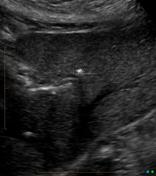
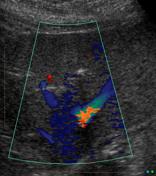
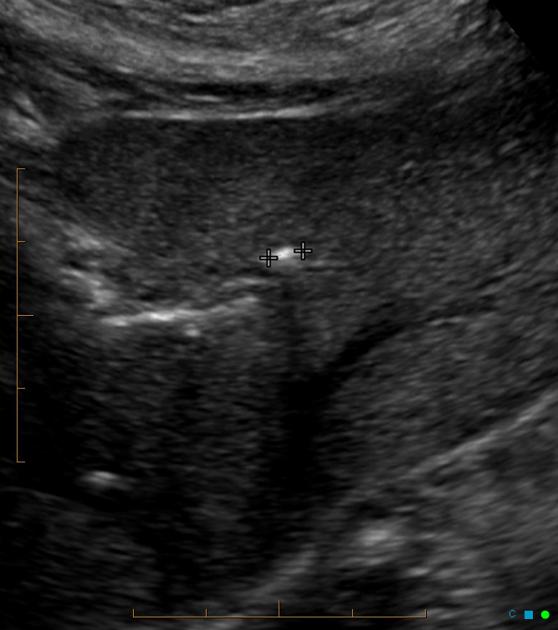
Echogenic focus with shadowing in bile ducts. Lack of "twinkle" artifact on color Doppler suggests gas rather than stone.
CT IVC
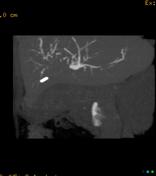

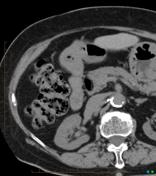

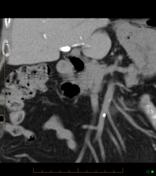

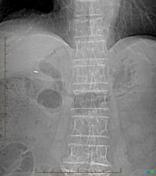
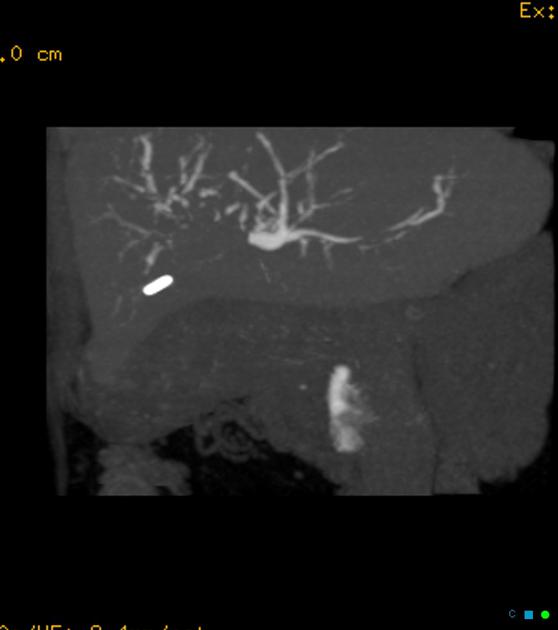
IV Biliscopin infused over 30 minutes prior to scanning.
As in all reconstructed data sets on CT it is very important to review the source images - here the MIP looks like lots of bile duct strictures (sclerosing cholangitis or cholangiocarcinoma) but on the source axial scans, it is clearly due to the presence of gas displacing the contrast agent. Gas has entered the biliary tree via a very large duodenal diverticulum into which the bile ducts enters disturbing the normal ampullary mechanism.




 Unable to process the form. Check for errors and try again.
Unable to process the form. Check for errors and try again.